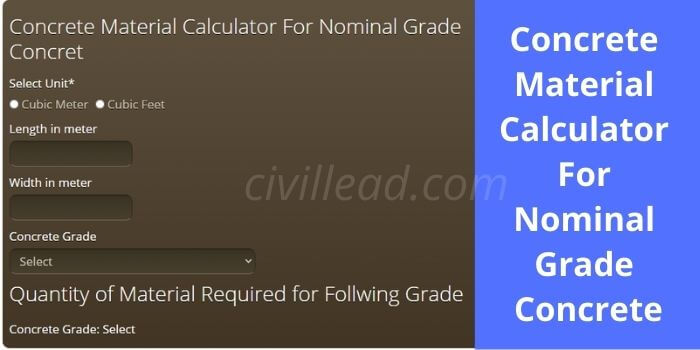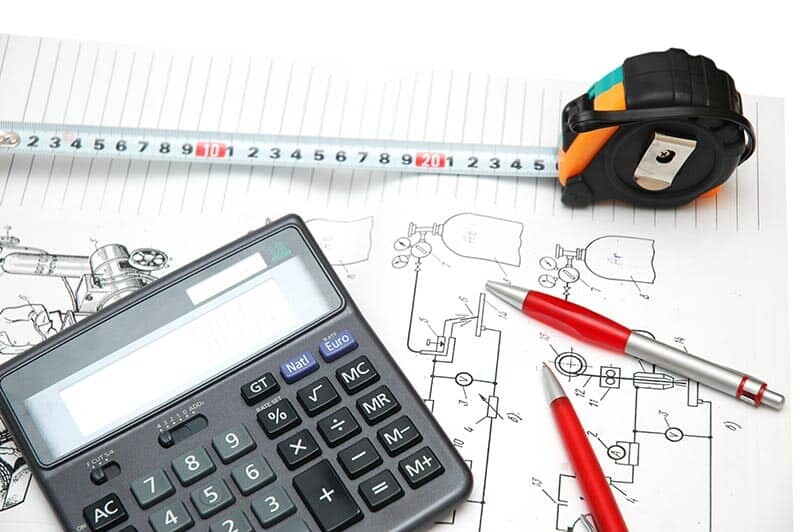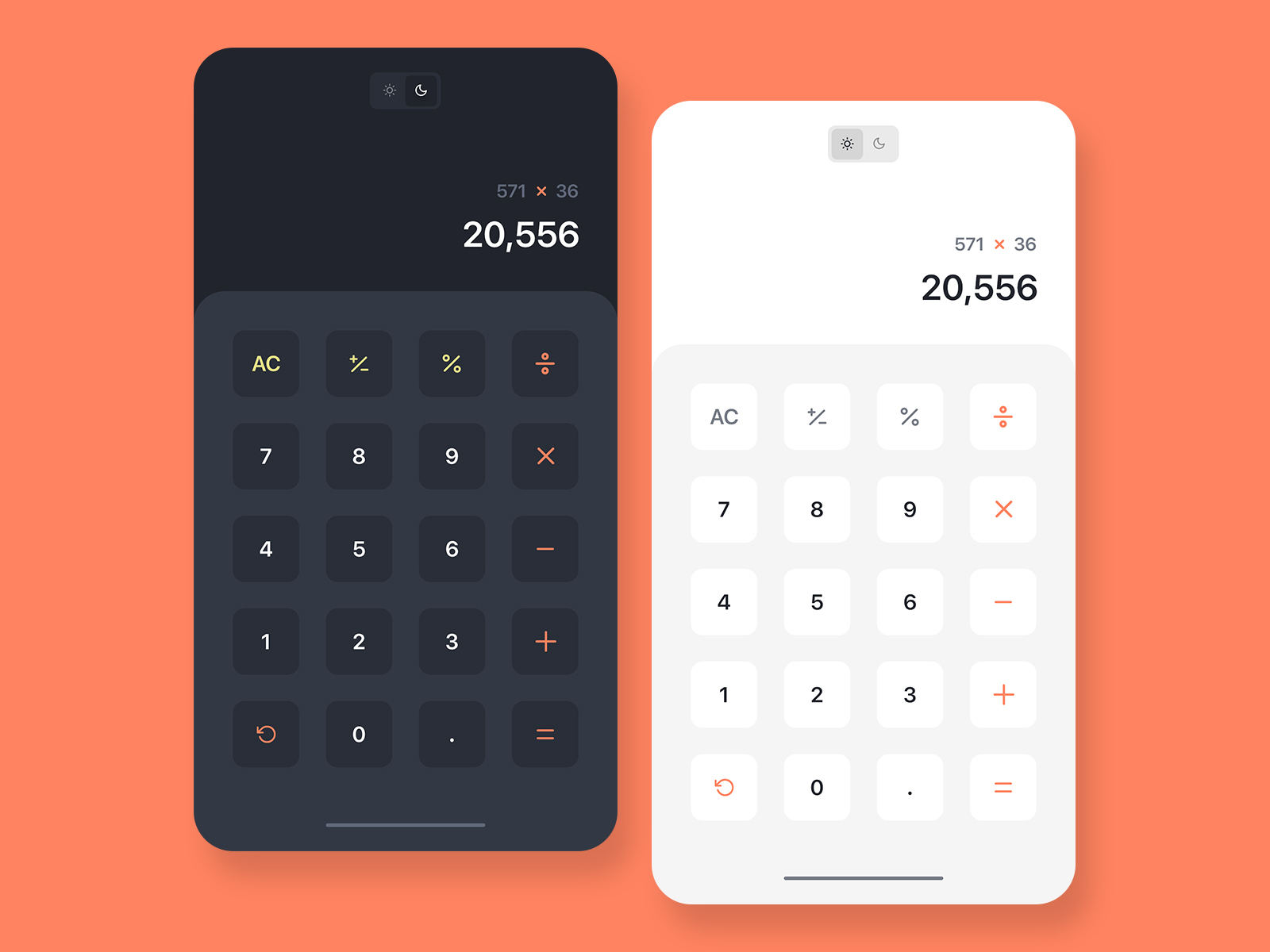

It is recommended that a barrier such as landscape fabric or even tarps be placed over the soil before adding gravel. How many inches deep should a gravel driveway be?Īt a minimum, a gravel driveway should be 4 inches deep but can be as deep as 12 inches for driveways that will carry heavier loads (farm or construction equipment) or where soil is loose or unstable. #57 aggregate or #57 crushed stone is typically used for driveways. Smaller gravel sizes are better for sub-bases beneath larger gravel. The best size gravel for a driveway is a minimum of 3/8″, which should be large enough to prevent gravel from lodging inside vehicle tire grooves. There are a lot of crushed aggregate size and color options for a driveway. Some Quick Gravel Driveway Basics What’s the best size of gravel for a driveway? One cubic yard covers approximately 144 square feet at a 4 inch depth. Gravel coverage depends on the depth it is being applied. How Much Does A Cubic Yard Of Gravel Cover Your supplier should be able to let you know the coverage per cubic yard or ton. It’s important to note that some gravel and aggregate materials are much more compact than others (depending on stone size), so exact coverage can vary. ton equals 2000 pounds, so a cubic yard of gravel could weigh up to one and a half tons. One cubic yard of gravel can weigh between 2,400 to 2,900 lbs. How Much Does A Cubic Yard Of Gravel Weigh If your supplier sells materials such as gravel and aggregate by the ton, you would calculate the tons needed by dividing cubic feet by 21.6 (the amount of cubic feet in a ton). 10 tons of gravel would cover a 25.5 foot by 25.5 foot area at a depth of 4 inches. 79 cubic yards and would cover an 8 foot by 8 foot section at a depth of 4 inches.ĥ tons of gravel would cover a 18 foot by 18 foot area at a depth of 4 inches. To convert cubic feet to tons, divide the cubic feet of your project by 21.6. You would then multiply that answer by the depth (convert depth to feet first by dividing by 12), which provides the cubic feet of your driveway project. To determine how many tons of gravel you need, you would first find out what the square footage of your project is by multiply the length by width. If you’re looking for the amount you’d need for smaller projects, visit our How Much Gravel Or Aggregate Calculator How do I figure out how many tons of gravel I need?

Read on for more information, or skip to the bottom for the calculator. That means you have to make sure your design is well planned and that you have enough paver stones in case there are any mistakes.This gravel driveway cost calculator will convert the square feet and depth of your project into the amount of cubic yards or tons of gravel or aggregate you will need, as well provide an estimated cost. Some types, like Flagstone, come in uneven shapes. Small stones are usually 0.2 square feet per stone, mediums are 1 square foot per stone and large ones are 1.71 square feet per stone. Traditional paver stones come in three typical sizes. And for driveways, or any area where a heavy car might park, you want close to 12 inches of base. For an area that might need some driving – like tractors or carts – you should probably use a thicker base. For example, if it’s a patio that’s mostly going to see foot traffic, a 4-inch base will be enough. The amount of base you will need depends on how you plan to use the area. Sound difficult? Just plug your measurements into the calculator and it will take care of the rest! Divide the sand depth (in inches) by 12 to convert to feet.Start with your total surface area from the first calculation.

To find the amount of sand base you need: Add an additional 10% to account for loss and waste.Divide the total paving area by the paver’s surface area.



 0 kommentar(er)
0 kommentar(er)
